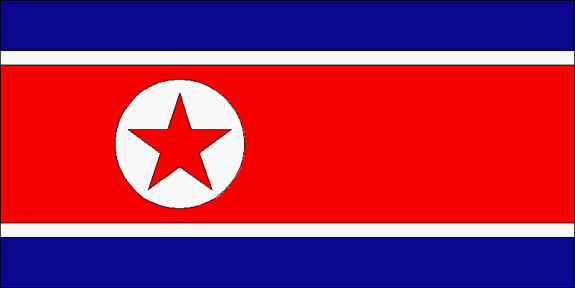





There are over 30 villas for Kim Jong-Il scattered at mountains and beaches of superb scenic beauty, known as "palaces." It was Kim Il-sung who began building villas at places of scenic beauty. Those built in the '50s and '60s were exclusively for Kim Il-sung. In the '70s, when Kim Jong-il began emerging as his successor, villas started being built exclusively for Kim Jong-il. Since the death of Kim Il-sung in '94, both Kim Il-sung villas and Kim Jong-il villas have been used exclusively as Kim Jong-il "palaces."
Facilities are impressive and include banquet halls, fishing sites, horse-riding grounds and hunting sites, on areas as large as many Western estates. Thousands of resident personnel are charged with their management and upkeep. It is estimated that more than US$2.5 billion was spent for the construction of the aforementioned facilities. "Kangdong Palace" and "Dukchun Palace" were built in the suburbs of Pyongyang after the death of Kim Il-sung, at a cost of over US$150 million. Kim Jong-Il spends about 10 days or more at the palaces in an average month. He uses them for rest with his family and enjoying luxurious parties with his close officials, and sometimes uses them as his office when conducting inspections of military units or industrial sites.
North Korea currently is modernizing its aged telecommunications infrastructure to improve the speed and quality and expand the capacity of both domestic and international communications. A fiber-optic cable linking Pyongyang and Hamhung was complete by early 1995, with construction from Pyongyang to Kangwon, North Hamgyong, and South Pyongan Provinces almost complete by midyear. In 1995, North Korea acquired digital Chinese switching equipment for Chongjin, Najin, and Hamhung. Large quantities of new and used telephones from a number of countries increased the number of telephones to 3.7 per 100 persons by 1993.
The current emphasis in the modernization program is on upgrading communications supporting the Najin-Sonbong Free Trade Zone in northeast North Korea. A large communications center at Najin will be the focal point; it will be equipped with digital switching and other modern equipment and will offer modern communication services to businesses operating in the zone. Vastly improved communications between the Free Trade Zone and other countries will include fiber-optic cable and a digital microwave relay link between Pyongyang, Najin, and Vladivostok, with a shorter link between Najin and Hunchun, China. Additional plans for the Free Trade Zone include construction of a satellite earth station, as well as communication center branches, in the zone.